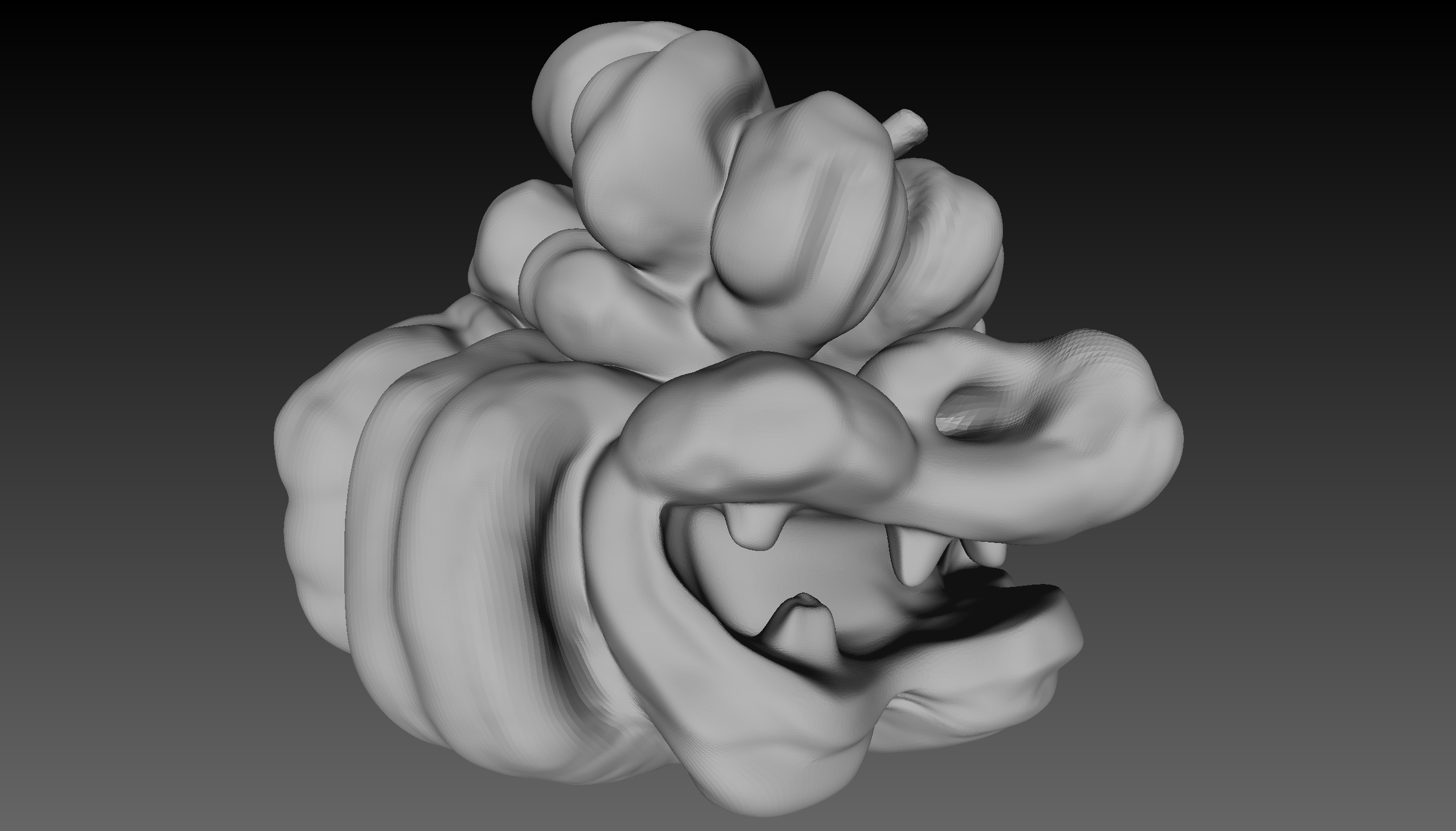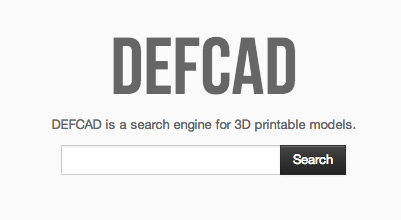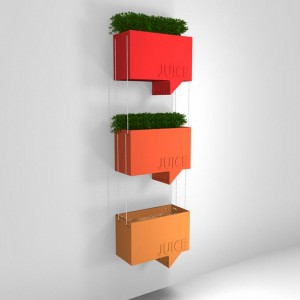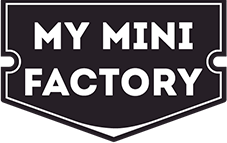The U.S. Department of Health and Human Services’ National Institutes of Health (NIH) has opened its own public repository of printable 3D models.
Read More
The U.S. Department of Health and Human Services’ National Institutes of Health (NIH) has opened its own public repository of printable 3D models.
Read More3D model repository Threeding has done something interesting: they’ve created an app.
Read MoreWith controversy brewing around the most popular 3D model repository, Thingiverse, some ask what alternative repos may exist. We found more than a few.
Read MoreWe’re checking out a new 3D model repository that recently launched: Redpah.
Read MoreWe had a peek at format’s new technology in NYC earlier this year, but now everyone can make use of it as they’ve just launched their new 3D print site.
Read MoreWith the huge number of personal 3D printers being sold, one wonders where 3D models will be found to print on them.
Read More3D printers may permit the creation of almost any object, but what object? The key to success is now good design, such as we found in Bhold’s collection.
Read MoreAt CES this year we were quite impressed with a gigantic dollhouse filled with 3D prints. Little did we know there was more to the story.
Read More
PRINT DIFFICULTY: INTERMEDIATEPRINT TIME: MEDIUMSUPPORT MATERIAL: NOMIN # OF EXTRUDERS: 1LAGEST PRINTABLE PIECE: 65 x 69 x 44 (mm)SCALEABLE: YESMULTIPLE PARTS: YESFINISHING TIME REQUIRED: YES, 10MINRECOMMENDED MATERIALS: NONE LISTED
Bld3r is a community for 3D printing tinkerers and enthusiasts.You might love sharing your creations with others or you might simply want to print cool, quality designs. In any case, everyone here wants the best objects.Print freely and responsibly.

As a participant, you will receive prototypes of our latest products by mail. Play with the product, test it, stress it. When you're ready, send us your feedback. When the final version is ready, all bhold labs testers will be able to purchase the final products at a reduced rate for a limited time.


DEFCAD is a search engine for 3d printable models.DEFCAD hosts zero object filesDEFCAD does not track what you search, download, or viewDEFCAD allows for truly anonymous contributions
...develops and serves unique 2D and 3D visualizations of the internal and external structure of living and extinct vertebrates, and a growing number of 'invertebrates.' The Digital Morphology library contains nearly a terabyte of imagery of natural history specimens that are important to education and central to ongoing cutting-edge research efforts.


Designers can upload their 3d files to the platform and make them available for purchase in the same way digital music is sold elsewhere on the net.
 While Thingiverse has long been the go-to place for free printable 3D models, there's another option as of last month: MyMiniFactory. A branch of iMakr, the site offers a number of interesting 3D models - all specifically designed for 3D printing on typical personal 3D printers.
While Thingiverse has long been the go-to place for free printable 3D models, there's another option as of last month: MyMiniFactory. A branch of iMakr, the site offers a number of interesting 3D models - all specifically designed for 3D printing on typical personal 3D printers. At registration you will have the possibility to download for free 5 objects per month ; you will be able to receive further credits by sending us some feedback and pictures of the objects you have printed.






